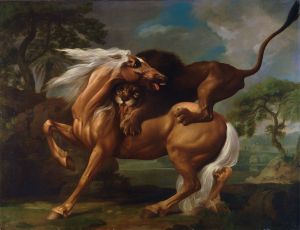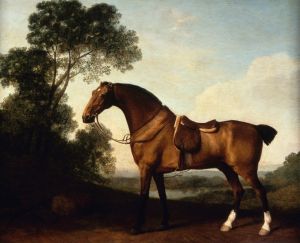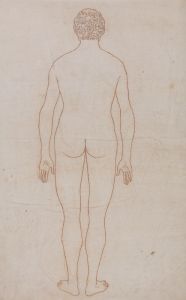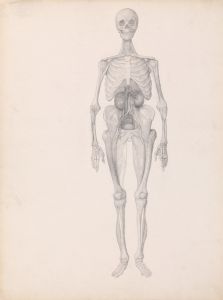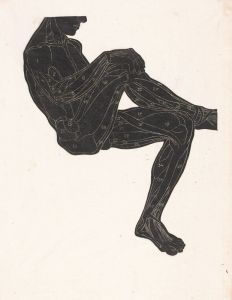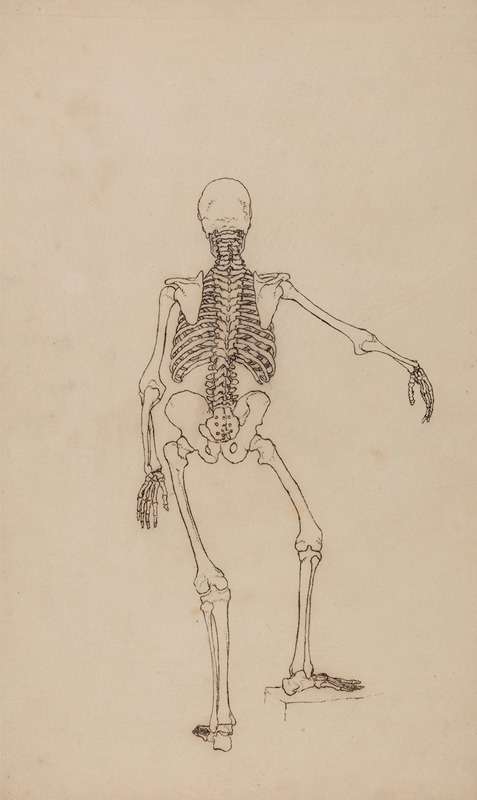
Human Skeleton, Posterior View
A hand-painted replica of George Stubbs’s masterpiece Human Skeleton, Posterior View, meticulously crafted by professional artists to capture the true essence of the original. Each piece is created with museum-quality canvas and rare mineral pigments, carefully painted by experienced artists with delicate brushstrokes and rich, layered colors to perfectly recreate the texture of the original artwork. Unlike machine-printed reproductions, this hand-painted version brings the painting to life, infused with the artist’s emotions and skill in every stroke. Whether for personal collection or home decoration, it instantly elevates the artistic atmosphere of any space.
George Stubbs, an English painter renowned for his anatomical precision and mastery in depicting animals, created Human Skeleton, Posterior View as part of his broader exploration of anatomy. Stubbs, who lived from 1724 to 1806, is best known for his equine studies and his seminal work The Anatomy of the Horse (1766). However, his interest in anatomy extended beyond horses to include human anatomy, as evidenced by this particular work.
Human Skeleton, Posterior View is a detailed anatomical study that showcases Stubbs's meticulous approach to the human form. The artwork depicts the human skeleton from the back, emphasizing the structure and alignment of bones such as the spine, scapulae, pelvis, and ribs. Stubbs's rendering demonstrates his commitment to scientific accuracy, a hallmark of his artistic practice. His anatomical studies were informed by dissections and direct observation, which were unconventional for artists of his time but essential for achieving the level of precision seen in his works.
This piece is part of a series of anatomical drawings that Stubbs created during his career. While his equine anatomy studies were published and widely celebrated, his human anatomical works were less prominent and remain less well-documented. It is believed that Stubbs undertook these studies to deepen his understanding of anatomy, which in turn informed his broader artistic practice. His ability to combine scientific inquiry with artistic skill set him apart from many of his contemporaries.
The exact date of creation for Human Skeleton, Posterior View is not definitively recorded, but it likely aligns with the period when Stubbs was actively engaged in anatomical studies, particularly in the mid-18th century. The work reflects the Enlightenment-era fascination with science and the human body, as well as the period's growing emphasis on empirical observation and documentation.
Stubbs's anatomical works, including Human Skeleton, Posterior View, are significant not only for their artistic merit but also for their contribution to the understanding of anatomy during his time. They exemplify the intersection of art and science, a theme that was central to Stubbs's career. Today, these works are appreciated for their historical and educational value, as well as their aesthetic qualities.








